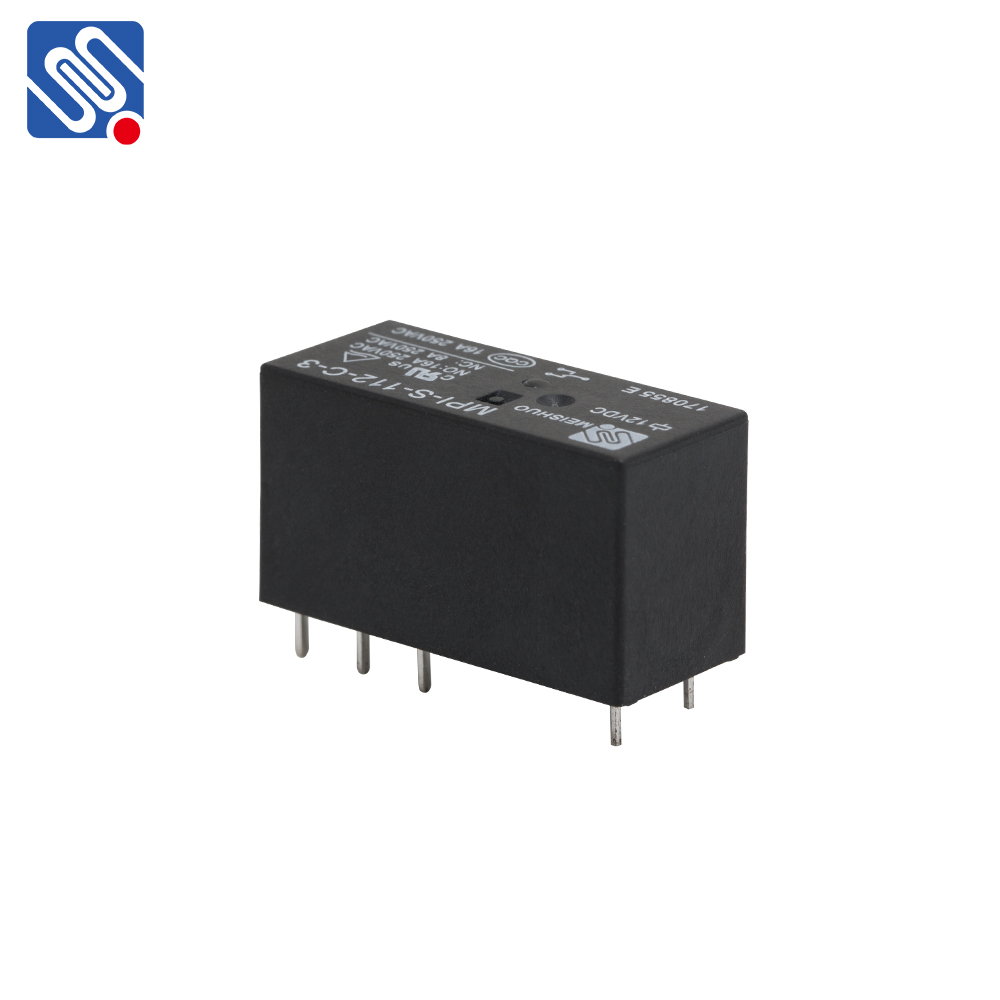A relay control system is an essential component of many industrial and commercial applications, serving as an automated switch for controlling various electrical devices. By utilizing a relay—a type of electromechanical switch—this system allows for the regulation of electrical circuits through external signals. This system is fundamental in automation, offering a balance of reliability, cost-effectiveness, and ease of use. In this article, we will explore the basic principles, advantages, and diverse applications of relay control systems.

Principles of Relay Control System A relay control system works by using an electromagnetic relay to open or close a circuit. The relay consists of an electromagnet that, when energized, creates a magnetic field. This magnetic field causes a set of contacts to move, either making or breaking the connection in the circuit. The main elements of a relay control system include: Input signals: These are the control signals that activate the relay. These can come from sensors, switches, or other electrical systems monitoring conditions such as temperature, pressure, or motion. The relay itself: The relay is the key component, which is triggered by the input signal. The relay can handle high-power circuits with low-power control signals, ensuring the isolation between different voltage levels.